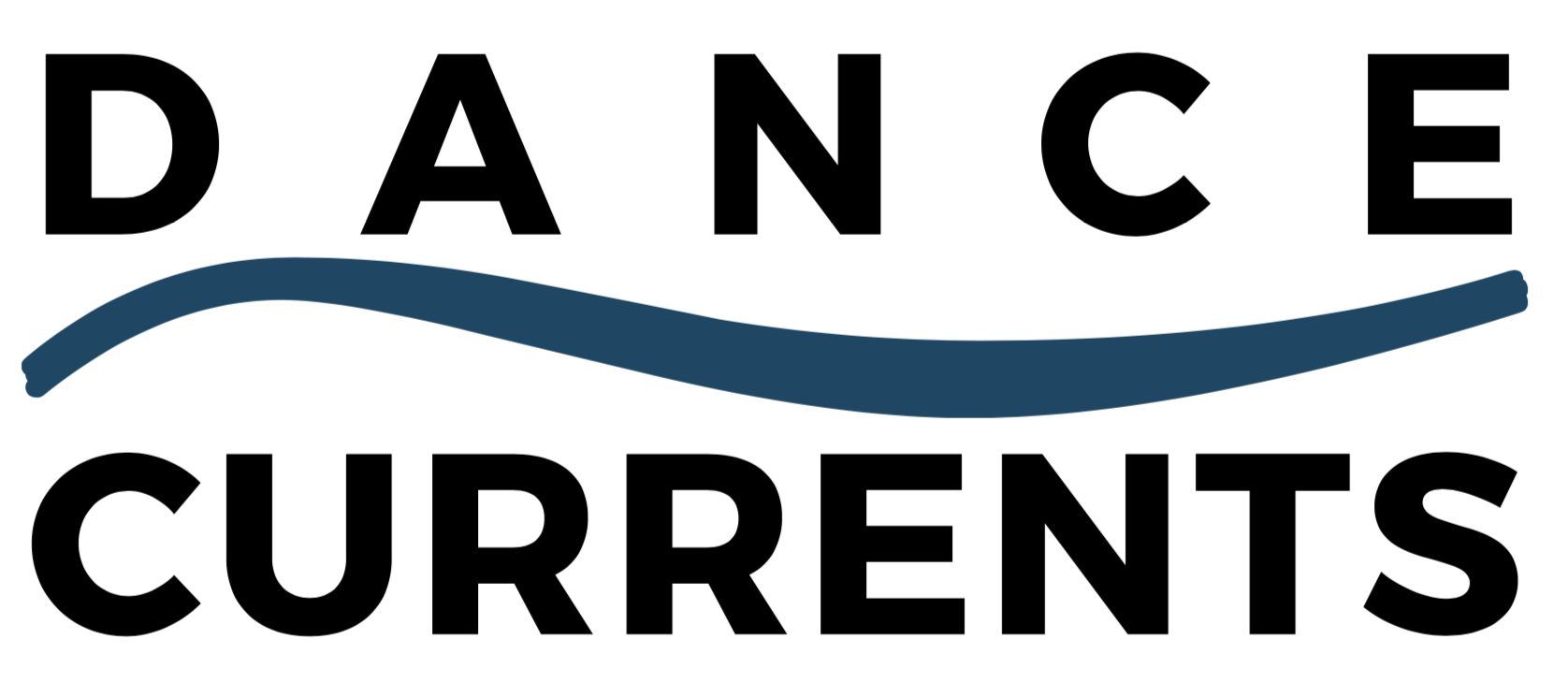Pearlann Porter is that rarest of choreographers, caught up in her own obsession for the arts of both science and dance. Her chosen path can take multiple forms, from interpreting the movement suggested by a mathematical equation to that pale blue dot, described so beautifully by astronomer Carl Sagan:
“There is perhaps no better demonstration of the folly of human conceits than this distant image of our tiny world. To me, it underscores our responsibility to deal more kindly with one another, and to preserve and cherish the pale blue dot, the only home we’ve ever known.”
Porter took on a similar poetic gaze in “UNDERSTARS,” her most recent work. It had its own gestation at the Open Air festival in 2021 as we emerged from the pandemic. On a chilly summer night, dancers accumulated onstage, almost as if a hidden magnetic pull provided the impetus. They were clad in unisex outfits, flowing black pants below and a bare-chested effect above (nude backless bras for the women).

My first impression, given the organic flow of movement passing from one human to another, and the group clusters that subsequently formed, was the similarity to Crystal Pite. The Canadian choreographer has been conjuring up massive dance pieces for Paris Opera Ballet and the Royal Ballet. Lately her movement has the feel of a flock of birds cohesively taking to the skies.
Porter has been leaning in a similar direction. Like nature, there are no straight lines. The dance unfolds, curls, spirals, loops and intertwines in a mesmerizing blend of directed improvisation. Dance may be ephemeral, yet her works truly change from performance to performance.
This “UNDERSTARS” began as a lone dancer looked up at his own private universe, one that was projected onto the ceiling of Attack Theatre’s welcoming space in Lawrenceville. He was slowly joined by a virtual solar system of dancers, reaching out, needing connection, giving support. Her trademark low-tech lighting projections (that somehow seem high tech) often played over their bodies, changing the shape, but not the intent of the improvography.
Like living, breathing planets orbiting around each other, there was an almost dizzying array of patterns. In awe of the night, he collapsed, then recovered, his arms moving like broken wings. Then he began to take to the center, reaching up to the heavens.

It had became a universe of their own making and we were the invited guests.
As Sagan put it:
“The job is by no means done. We will look for the boundary between the solar system and the interstellar medium, and then we’ll voyage on forever in the dark between the stars.”
Just like the science of dance — never done, constantly evolving, frequently magical.



Recent Comments